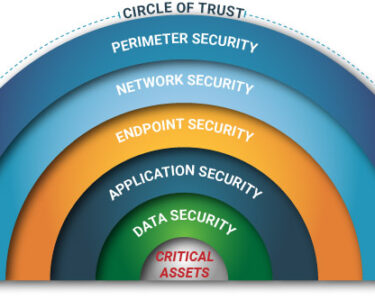
Human Factor: A Critical Element in Digital Security
In the realm of cybersecurity, it is often overlooked that the human element plays a crucial role in the effectiveness of any security measures implemented. The human factor refers to the behaviors, decisions, and interactions of individuals within an organization or system that can impact its security posture.
Common Human Factor Vulnerabilities
- Phishing and Social Engineering: Attackers exploit human trust and gullibility by sending fraudulent emails or messages that appear to come from legitimate sources, tricking users into revealing sensitive information or clicking on malicious links.
- Poor Password Practices: Weak or reused passwords are easy for attackers to guess or crack, providing access to sensitive systems and data.
- Lack of Security Awareness: Employees who are not properly trained on cybersecurity best practices may not recognize threats or take appropriate precautions.
- Human Error: Mistakes such as clicking on the wrong link, opening suspicious attachments, or misconfiguring systems can lead to security breaches.
- Malicious Insiders: Employees with malicious intent or compromised accounts can intentionally compromise security.
Consequences of Human Factor Vulnerabilities
The consequences of human factor vulnerabilities can be significant, including:
- Data breaches and theft of sensitive information
- Financial losses and business disruption
- Loss of reputation and customer trust
- Legal and regulatory penalties
Addressing the Human Factor
Mitigating the risks associated with the human factor requires a multifaceted approach:
- Security Awareness Training: Educate employees on cybersecurity threats, best practices, and their role in protecting the organization.
- Strong Password Policies: Implement policies that enforce the use of complex and unique passwords, and encourage the use of password managers.
- Two-Factor Authentication: Add an additional layer of protection by requiring users to provide multiple forms of identification when logging in.
- Security Incident Response Plans: Establish clear procedures for responding to security incidents and involving employees in the response process.
- Regular Security Assessments: Conduct regular audits and vulnerability assessments to identify and address human factor vulnerabilities.
Conclusion
The human factor is a critical element in digital security that can either strengthen or weaken an organization’s overall security posture. By understanding the common human factor vulnerabilities and implementing effective mitigation strategies, organizations can significantly reduce the risks associated with human error and malicious intent. A holistic approach that combines technical measures with comprehensive employee education and training is essential for maintaining a secure and resilient digital environment.



